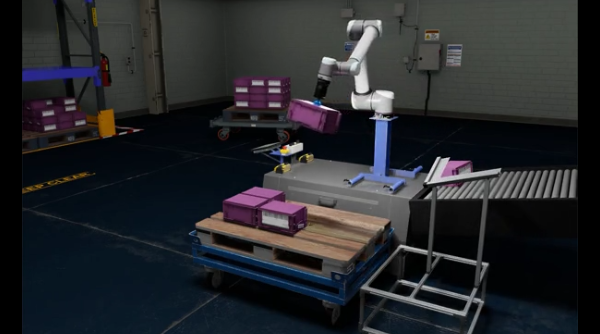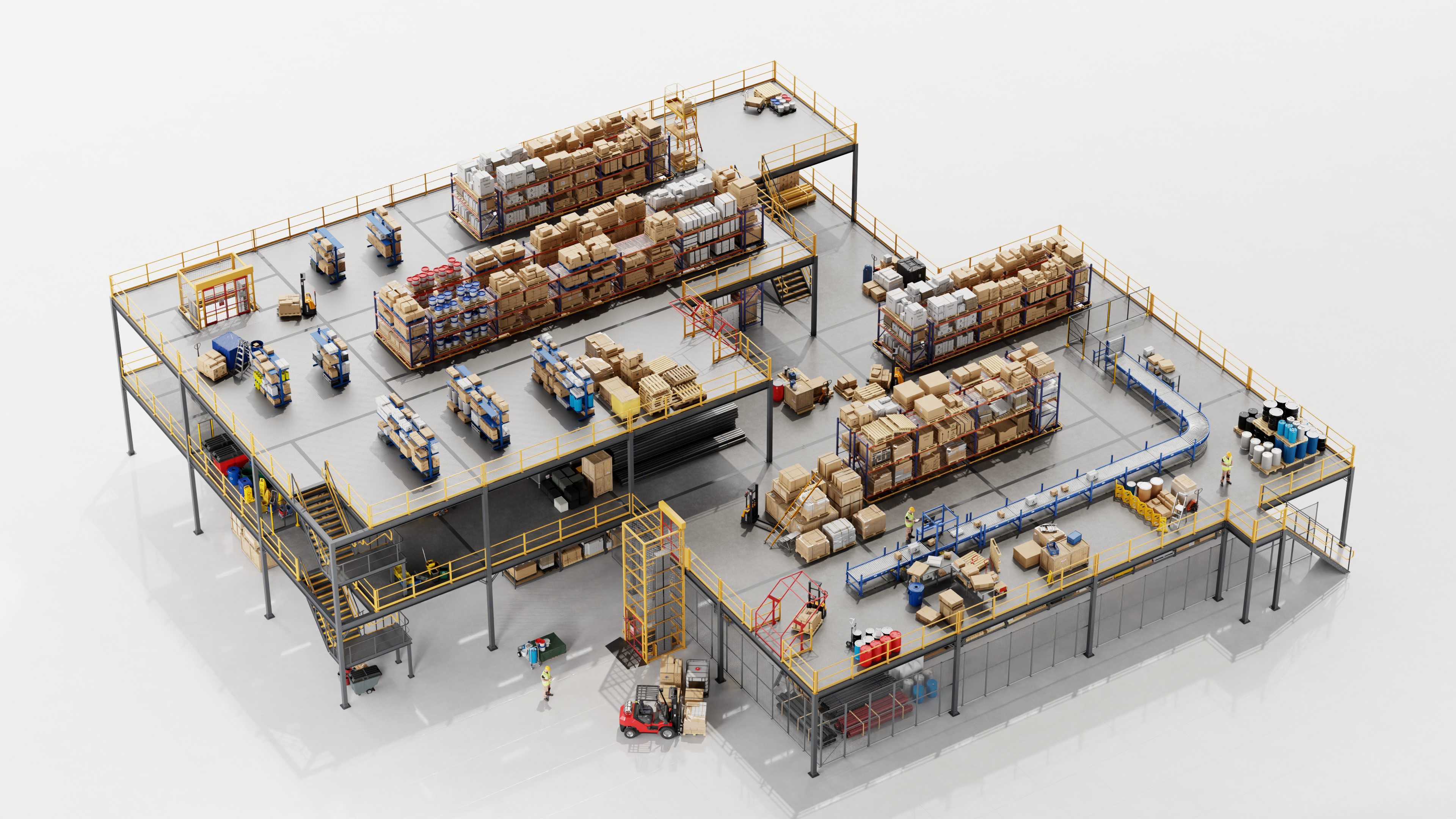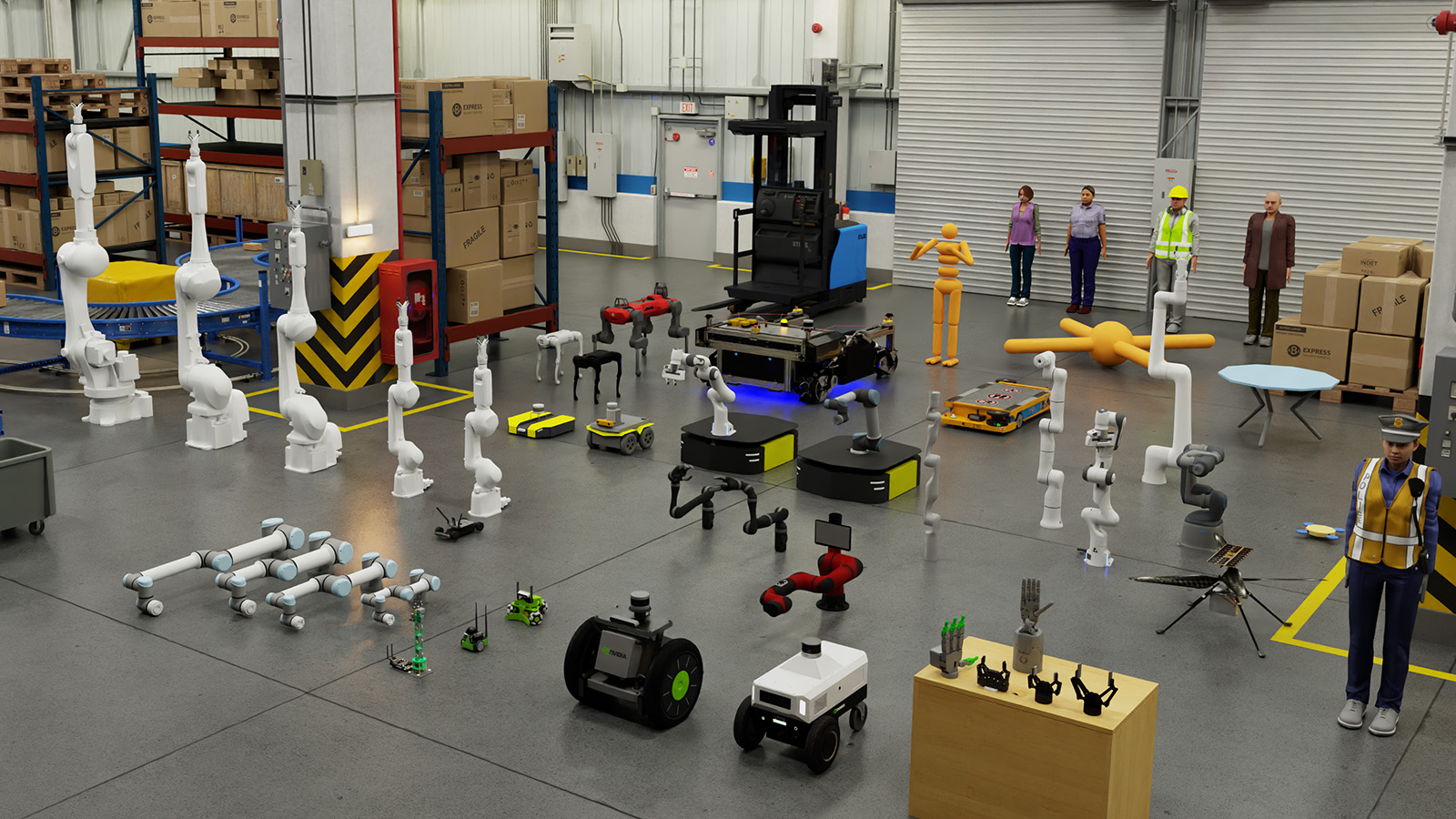Robotics and Omniverse
Omniverse? Well that sounds like a name right out of a transformers movie. You may be asking, what is the omniverse, and how is it related to robotics? Don't worry, I will answer your questions straight away!
While Nvidia took the world by storm by breaking records and overtaking apple in valuation, they also announced omniverse and its relation to robotics which was silenced by the other headlines. Omniverse is a computing platform which is used to enhance digital designs by integrating features of 3D. It is a platform to develop new tools and workflows using software and other tools such as generative AI along with OpenUSD.
In the omniverse platform, Nvidia launched Isaac Sim which is a software platform built to support the increasingly roboticisied and automated world. I is a powerful simulation platform which can be used to develop and test robots. Nvidia's experience in graphics allows the environment to be highly realistic. The Isaac Sim allows developers and researchers to create, train and validate AI models for robotics applications.
How Omniverse Enhances Robotics Development
- Realistic Simulations - its ability to create highly realistic simulations is crucial for robotics, where precise modeling of real-world scenarios can lead to better design and functionality of robots. Furthermore companies can test out the potential use of robots which they plan on developing and can brainstorm on further functionalities based on their tests.
- Digital Twins - Omniverse supports the creation of digital twins, which are basically virtual replicas of physical systems which exist in real life. In robotics, digital twins can be used to monitor, analyze, and optimize the performance of robots in real-time. This continuous feedback loop can help many businesses in maintaining and upgrading robotic systems efficiently. This can help them further improve their products and will increase their productivity.
- Integration of AI - If one word was to be associated with Nvidia, it would be AI. The company has blown up recently because of their strength in AI. This strength helps in the omniverse for robotics as well. These robots can be equipped with AI models and can be tested in various scenarios to test out these robots. This can help the robots become smarter and smarter.
For more insights and updates on robotics and technology, stay tuned to my blog!



Comments
Post a Comment